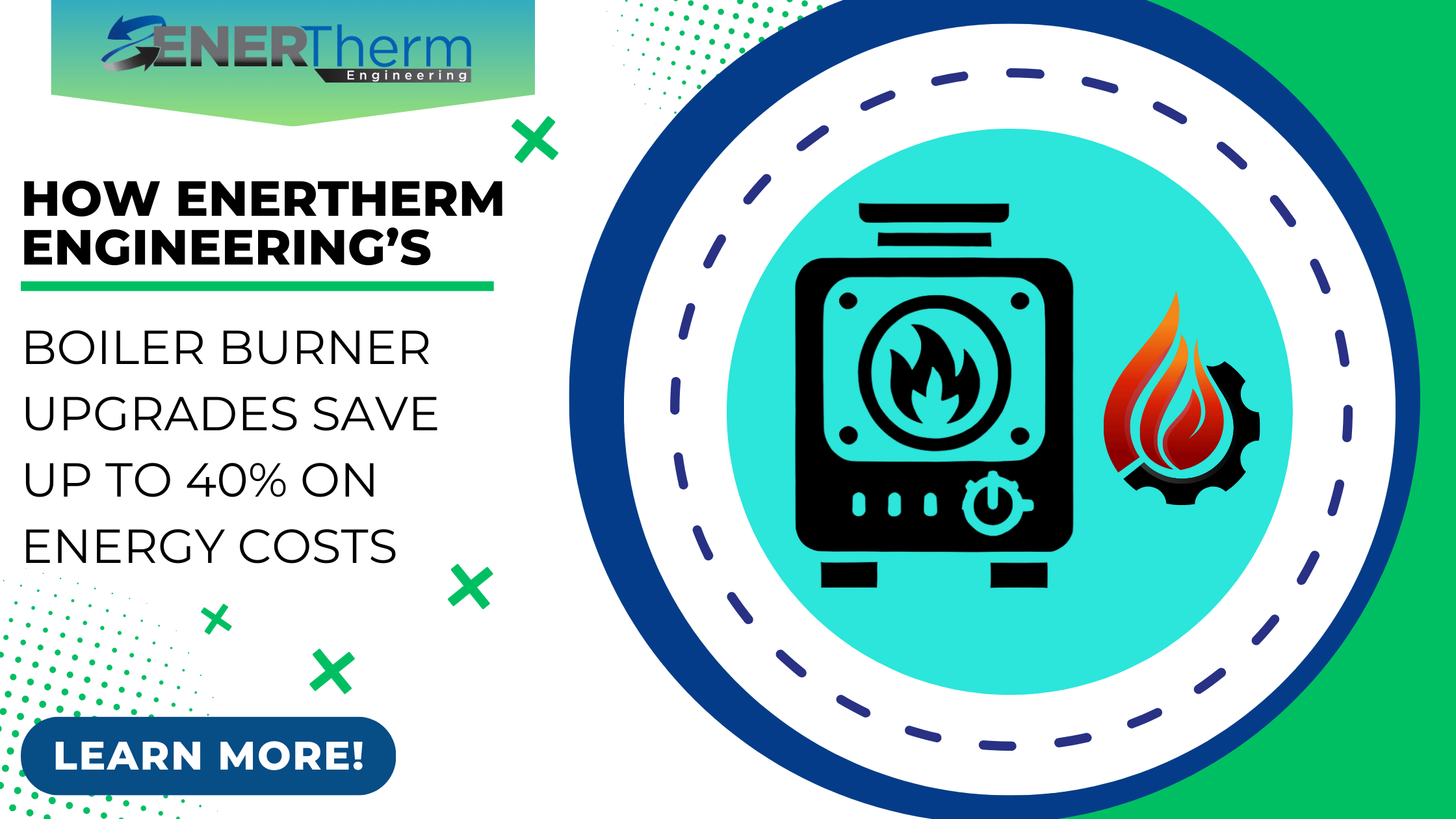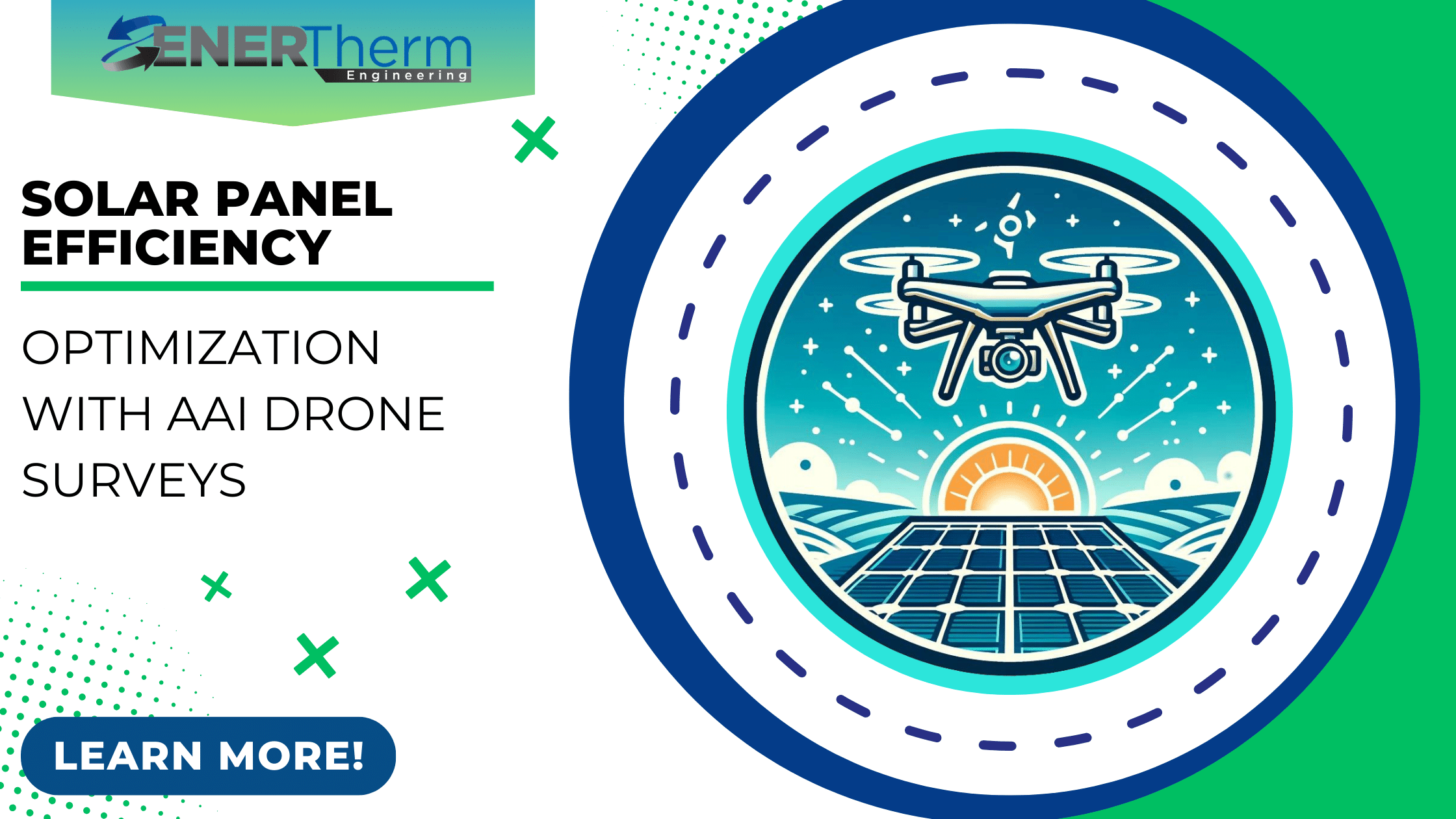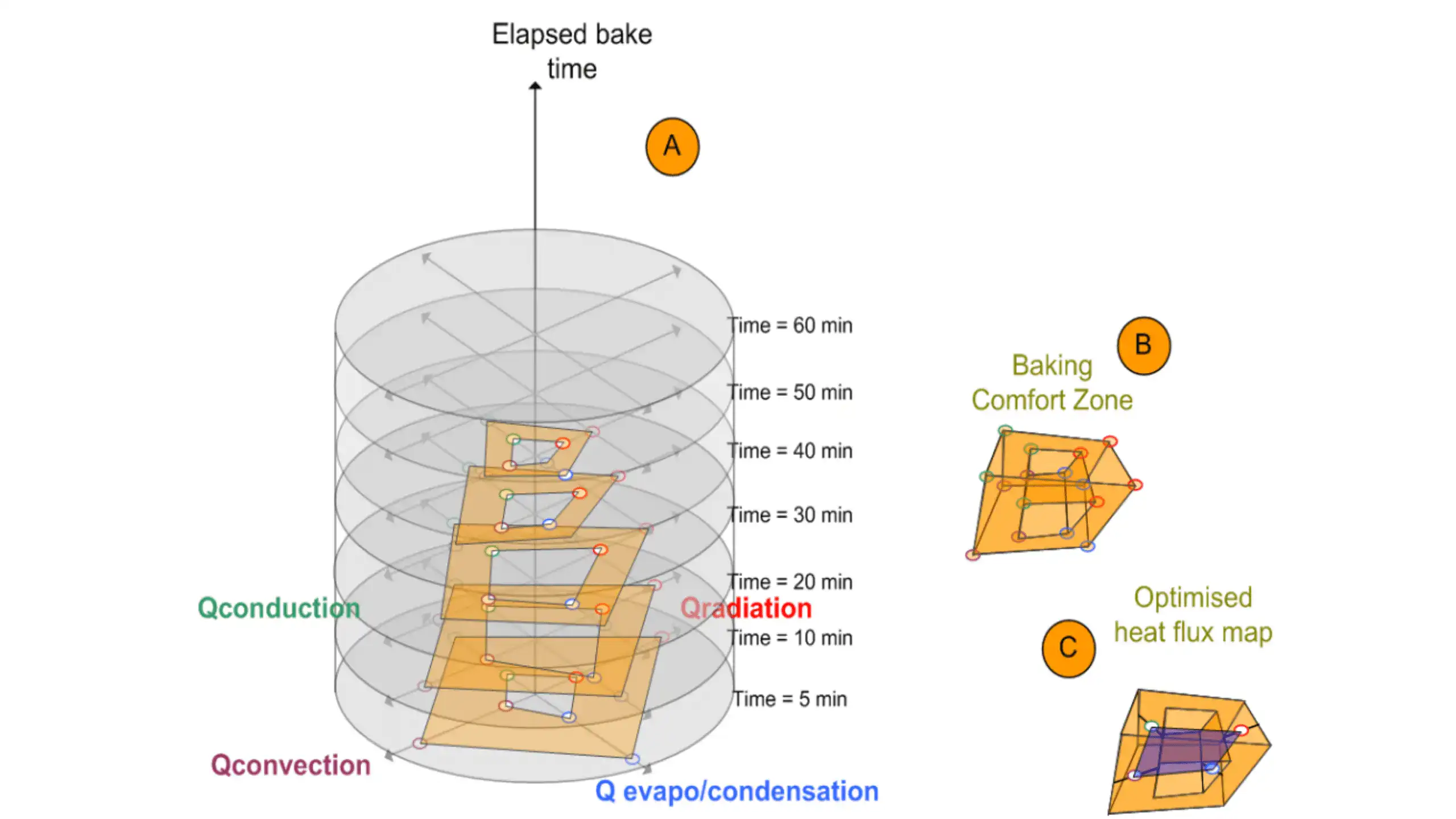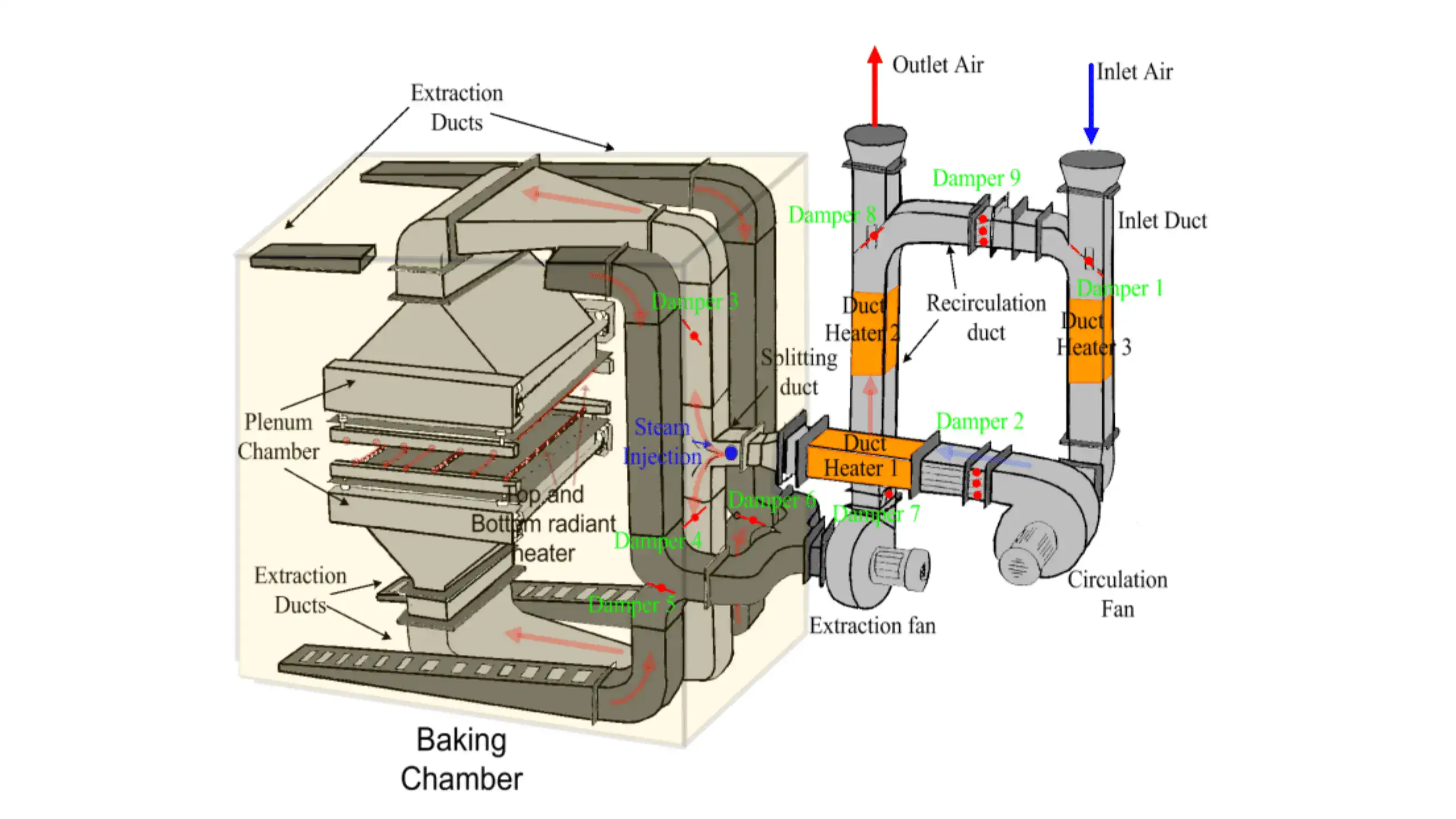Table of Contents
If you are a food manufacturer, you know how important it is to optimize your energy efficiency and reduce your environmental impact. But how can you achieve these goals without compromising your product quality and profitability?
One possible solution is to use a hybrid fuel system, a technology that combines different sources of energy to power your food manufacturing process. Hybrid fuel systems can use renewable and sustainable fuels, such as biogas, solar, biomass, or hydrogen, along with conventional fuels, such as natural gas, diesel, or electricity. By doing so, it can lower your energy costs, greenhouse gas emissions, and waste generation.
In this article, we will guide you through the process of measuring the impact of using a hybrid fuel system in your food manufacturing process. We will explain the methods and metrics for evaluating the hybrid fuel system in terms of energy consumption, carbon footprint, waste management, product quality, and profitability. We will also provide some data and case studies from different food sectors, such as dairy, bakery, meat processing, etc.
So, if you want to learn more about hybrid fuel systems and how it can improve your food manufacturing efficiency, stay with us!
Methods and metrics for measuring the impact of hybrid fuel system on the food manufacturing process
To evaluate the performance and benefits of a hybrid fuel system for the food manufacturing process, we need to use some methods and metrics that can capture the relevant aspects of the system, such as energy consumption, carbon footprint, waste management, product quality, and profitability. Here are some of the methods and metrics that we suggest:
Life Cycle Assessment (LCA)
This is a method that analyses the environmental impacts of a product or service throughout its life cycle, from the extraction of raw materials to the disposal or recycling of the final product. LCA can help us to measure the environmental impact of using a hybrid fuel system for food manufacturing, by comparing different hybrid fuel system configurations and end-use applications. For example, we can use LCA to compare the environmental impact of using blue hydrogen versus green hydrogen for our process.
Blue hydrogen is produced from natural gas with carbon capture and storage (CCS), while green hydrogen is produced from renewable energy sources such as wind or solar power. We can also use LCA to compare the environmental impact of using hydrogen fuel cells versus internal combustion engines for our process. Hydrogen fuel cells convert hydrogen and oxygen into electricity and water, while internal combustion engines burn hydrogen and air to produce mechanical power and emissions.
Cost-Benefit Analysis (CBA)
This is a method that evaluates the economic feasibility and social desirability of a project or policy by comparing its costs and benefits. CBA can help us to measure the economic impact of using hybrid fuel system for food manufacturing, by estimating the capital and operating costs, as well as the revenues and savings, of different hybrid fuel system options. For example, we can use CBA to compare the economic impact of using hybrid fuel system versus conventional fuel system for our process.
We can consider the costs of installing and maintaining the hybrid fuel system components, such as photovoltaic panels, electrolysers, hydrogen tanks, fuel cells, etc., as well as the costs of purchasing and transporting the fuels, such as natural gas, diesel, electricity, etc. We can also consider the revenues and savings from selling or using the electricity and heat generated by the hybrid fuel system, as well as from reducing the energy bills and carbon taxes.
Key Performance Indicators (KPIs)
These are measures that indicate how well an organization or process is achieving its objectives. KPIs can help us to measure the operational impact of using hybrid fuel system for food manufacturing, by monitoring and reporting the progress and achievements of using hybrid fuel system for our process.
For example, we can use KPIs to measure the energy efficiency, carbon intensity, waste reduction, product quality, and profitability of our process using hybrid fuel system. We can define some specific KPIs for our process, such as:
- Energy efficiency: The ratio of useful output energy to input energy for our process.
- Carbon intensity: The amount of carbon dioxide equivalent emissions per unit of output energy or product for our process.
- Waste reduction: The amount of waste generated or avoided per unit of output energy or product for our process.
- Product quality: The degree to which our product meets or exceeds the quality standards or specifications for our process.
- Profitability: The ratio of net income to total revenue for our process.
These methods and metrics can help us to measure and compare the impact of using hybrid fuel system on food manufacturing process in a comprehensive and objective way. They can also help us to identify the strengths and weaknesses of different hybrid fuel system options, as well as the opportunities and challenges for implementing them in our process.
Data and case studies of hybrid fuel system in food manufacturing
To illustrate the impact of using hybrid fuel system in food manufacturing, we will present some data and case studies from different food sectors, such as dairy, bakery, meat processing, etc. We will use the methods and metrics that we discussed in the previous section, such as LCA, CBA, and KPIs, to compare the performance and benefits of hybrid fuel system with conventional fuel system in these sectors.
Dairy sector
The dairy sector is one of the most energy-intensive and greenhouse gas-emitting sectors in the food industry. The main energy consumption in the dairy sector comes from heating, cooling, pasteurization, sterilization, and refrigeration processes. The main greenhouse gas emissions in the dairy sector come from the enteric fermentation of cows, manure management, and fossil fuel combustion.
One way to use hybrid fuel system in the dairy sector is to use biogas from anaerobic digestion of cow manure as a renewable fuel source. Biogas can be used to generate electricity and heat for the dairy processes, as well as to produce hydrogen by electrolysis. Hydrogen can be stored and used to power fuel cells or internal combustion engines for backup or peak demand. The excess electricity and heat can be sold to the grid or used for other purposes.
A case study of a hybrid biogas-hydrogen fuel system for a dairy farm in Italy showed that this system can reduce the energy consumption by 63%, the carbon footprint by 71%, and the waste generation by 98%, compared to a conventional diesel fuel system. The system can also improve the product quality by increasing the shelf life and reducing the microbial contamination of the milk. The system can also increase the profitability by generating revenues from selling electricity, heat, and fertilizer, as well as by saving costs from reducing energy bills and carbon taxes.
The following table summarizes the comparison of hybrid biogas-hydrogen fuel system and conventional diesel fuel system for the dairy sector:
| Metric | Hybrid biogas-hydrogen fuel system | Conventional diesel fuel system |
|---|---|---|
| Energy consumption (kWh/year) | 1,092,000 | 2,940,000 |
| Carbon footprint (tCO2eq/year) | 1,512 | 5,232 |
| Waste generation (t/year) | 240 | 12,000 |
| Product quality (log CFU/mL) | 2.5 | 4.5 |
| Profitability (€/year) | 1,056,000 | -96,000 |
Bakery sector
The bakery sector is another energy-intensive sector in the food industry. The main energy consumption in the bakery sector comes from baking, proofing, mixing, cooling, and packaging processes. The main greenhouse gas emissions in the bakery sector come from fossil fuel combustion and electricity generation.
One way to use hybrid fuel system in the bakery sector is to use solar photovoltaic panels as a renewable energy source. Solar photovoltaic panels can be installed on the roof or ground of the bakery facility to generate electricity for the bakery processes. The excess electricity can be used to produce hydrogen by electrolysis. Hydrogen can be stored and used to power fuel cells or internal combustion engines for backup or peak demand.
A case study of a hybrid solar-hydrogen fuel system for a bakery facility in Spain showed that this system can reduce the energy consumption by 44%, the carbon footprint by 85%, and the waste generation by 100%, compared to a conventional grid-connected electric system.
The system can also improve the product quality by reducing the moisture loss and improving the crust color of the bread. The system can also increase the profitability by generating revenues from selling electricity and hydrogen, as well as by saving costs from reducing energy bills and carbon taxes.
The following table summarizes the comparison of hybrid solar-hydrogen fuel system and conventional grid-connected electric system for the bakery sector:
| Metric | Hybrid solar-hydrogen fuel system | Conventional grid-connected electric system |
|---|---|---|
| Energy consumption (kWh/year) | 432,000 | 768,000 |
| Carbon footprint (tCO2eq/year) | 72 | 480 |
| Waste generation (t/year) | 0 | 240 |
| Product quality (moisture loss %) | 10 | 15 |
| Profitability (€/year) | 288,000 | -48,000 |
Meat processing sector
The meat processing sector is also an energy-intensive sector in the food industry. The main energy consumption in the meat processing sector comes from slaughtering, cutting, grinding, cooking, freezing, and packaging processes. The main greenhouse gas emissions in the meat processing sector come from fossil fuel combustion, electricity generation, refrigerant leakage, and animal waste management.
One way to use hybrid fuel system in the meat processing sector is to use biomass from animal waste and by-products as a renewable fuel source. Biomass can be used to generate electricity and heat for the meat processing processes, as well as to produce hydrogen by gasification. Hydrogen can be stored and used to power fuel cells or internal combustion engines for backup or peak demand. The excess electricity and heat can be sold to the grid or used for other purposes.
A case study of a hybrid biomass-hydrogen fuel system for a meat processing plant in Brazil showed that this system can reduce the energy consumption by 58%, the carbon footprint by 76%, and the waste generation by 95%, compared to a conventional natural gas fuel system.
The system can also improve the product quality by increasing the microbial safety and reducing the lipid oxidation of the meat. The system can also increase the profitability by generating revenues from selling electricity, heat, and biochar, as well as by saving costs from reducing energy bills and carbon taxes.
The following table summarizes the comparison of hybrid biomass-hydrogen fuel system and conventional natural gas fuel system for the meat processing sector:
| Metric | Hybrid biomass-hydrogen fuel system | Conventional natural gas fuel system |
|---|---|---|
| Energy consumption (kWh/year) | 1,440,000 | 3,420,000 |
| Carbon footprint (tCO2eq/year) | 720 | 3,000 |
| Waste generation (t/year) | 600 | 12,000 |
| Product quality (log CFU/g) | 3.0 | 4.0 |
| Profitability (€/year) | 720,000 | -120,000 |
These data and case studies show that using hybrid fuel system in food manufacturing can have significant positive impacts on the energy consumption, carbon footprint, waste management, product quality, and profitability of the food production. They also show that different hybrid fuel system options can be tailored to suit different food sectors and processes.
Challenges and opportunities of implementing hybrid fuel system in food manufacturing
Implementing hybrid fuel system in food manufacturing can be a complex and challenging task, as it involves technical, economic, environmental, and social factors. Here are some of the main challenges and opportunities that can arise from using hybrid fuel system in food manufacturing:
Technical challenges
Hybrid fuel system requires the integration of different energy sources, such as biogas, solar, biomass, or hydrogen, with different energy conversion technologies, such as engines, generators, fuel cells, or electrolysers. This can pose technical challenges such as compatibility, reliability, efficiency, and safety issues. For example, biogas may need to be purified before being used in fuel cells or engines, solar panels may need to be oriented and positioned to maximize the solar irradiation, biomass may need to be processed and transported to the gasification plant, and hydrogen may need to be stored and handled with caution due to its flammability and explosiveness.
To overcome these technical challenges, hybrid fuel system requires careful design, installation, operation, and maintenance. It also requires the use of advanced sensors, controllers, meters, or software to monitor and control the system parameters.
Economic challenges
Hybrid fuel system involves high capital and operating costs, as it requires the purchase and installation of various components, such as photovoltaic panels, electrolysers, hydrogen tanks, fuel cells, etc., as well as the purchase and transportation of fuels, such as natural gas, diesel, electricity, etc. These costs may vary depending on the size and configuration of the system, the availability and price of the fuels, and the local market conditions.
To overcome these economic challenges, hybrid fuel system requires a careful cost-benefit analysis to evaluate the economic feasibility and social desirability of the project or policy. It also requires the use of optimization techniques to find the best way to operate the system under different conditions and objectives.
Environmental challenges
Hybrid fuel system can have positive or negative environmental impacts depending on the type and source of the fuels used. For example, using renewable and sustainable fuels such as biogas, solar, biomass, or hydrogen can reduce greenhouse gas emissions and waste generation compared to using fossil fuels such as natural gas or diesel. However, using non-renewable or unsustainable fuels such as coal or wood can increase greenhouse gas emissions and waste generation compared to using fossil fuels.
To overcome these environmental challenges, hybrid fuel system requires a life cycle assessment to analyse the environmental impacts of the product or service throughout its life cycle. It also requires the use of emission reduction technologies such as carbon capture and storage or carbon capture and utilization to mitigate the emissions from fossil fuel combustion.
Social challenges
Hybrid fuel system can have positive or negative social impacts depending on the stakeholder involvement and acceptance. For example, using hybrid fuel system can create jobs and income for local communities by providing electricity and heat for their needs. It can also improve health and well-being by reducing air pollution and noise from fossil fuel combustion. However, using hybrid fuel system can also face resistance or opposition from some stakeholders who may have vested interests in fossil fuel industries or who may have concerns about safety or reliability issues.
To overcome these social challenges, hybrid fuel system requires a stakeholder analysis to identify and engage with the relevant stakeholders who may affect or be affected by the project or policy. It also requires a communication strategy to inform and educate the stakeholders about the benefits and risks of using hybrid fuel system.
These are some of the main challenges and opportunities that can arise from implementing hybrid fuel system in food manufacturing. They show that using hybrid fuel system is not a simple or straightforward task but rather a complex and multifaceted one that requires careful planning, evaluation, and management.
Tips and best practices for optimizing the hybrid fuel system operation and maintenance
Using hybrid fuel system in food manufacturing can offer many benefits, such as lower energy costs, reduced greenhouse gas emissions, and improved product quality. However, to achieve these benefits, it is important to optimize the hybrid fuel system operation and maintenance. Here are some tips and best practices that can help you do that:
- Select the appropriate fuel sources: Depending on your food manufacturing process and location, you may have access to different types of renewable and sustainable fuels, such as biogas, solar, biomass, or hydrogen. You should select the fuel sources that can best suit your energy demand, availability, and cost. You should also consider the environmental impact and safety of the fuel sources .
- Size and design the system properly: The size and design of your hybrid fuel system components, such as photovoltaic panels, electrolyzers, hydrogen tanks, fuel cells, etc., can affect the performance and efficiency of your system. You should size and design your system according to your energy load profile, peak demand, backup requirement, and space limitation. You should also use reliable and high-quality components that can withstand the operating conditions .
- Monitor and control the parameters: The parameters of your hybrid fuel system, such as voltage, current, temperature, pressure, flow rate, etc., can influence the operation and maintenance of your system. You should monitor and control these parameters using sensors, controllers, meters, or software. You should also set alarms or alerts for any abnormal or critical situations that may require your attention or intervention .
- Perform regular inspections and tests: Regular inspections and tests can help you detect and prevent any problems or faults that may affect your hybrid fuel system performance or safety. You should perform inspections and tests according to the manufacturer’s or dealer’s recommendations. You should also check the condition of your battery, engine, generator, fuel cells, and other components regularly .
- Follow the maintenance schedule: Regular maintenance can help you keep your hybrid fuel system in good condition and extend its lifespan. You should follow the maintenance schedule recommended by your manufacturer or dealer. You should also replace or repair any worn-out or damaged parts as soon as possible .
These tips and best practices can help you optimize your hybrid fuel system operation and maintenance, and enjoy its benefits for a long time. However, you should also consult your manufacturer or dealer for more specific advice for your system model.
Conclusion
In this article, we have discussed the concept and benefits of using hybrid fuel system in food manufacturing. We have explained how hybrid fuel system can combine different sources of energy, such as biogas, solar, biomass, or hydrogen, with different energy conversion technologies, such as engines, generators, fuel cells, or electrolyzers, to power the food manufacturing process. We have also presented some methods and metrics for measuring the impact of hybrid fuel system on food manufacturing process, such as life cycle assessment, cost-benefit analysis, and key performance indicators.
We have also provided some data and case studies from different food sectors, such as dairy, bakery, and meat processing, to illustrate the performance and benefits of hybrid fuel system compared to conventional fuel system. We have also discussed some tips and best practices for optimizing the hybrid fuel system operation and maintenance, such as selecting the appropriate fuel sources, sizing and designing the system properly, monitoring and controlling the parameters, performing regular inspections and tests, and following the maintenance schedule.
Finally, we have identified some challenges and opportunities of implementing hybrid fuel system in food manufacturing, such as technical, economic, environmental, and social factors.
We hope that this article has provided you with useful information and insights about hybrid fuel system in food manufacturing. We also hope that this article has inspired you to consider using hybrid fuel system in your food production or to explore more about this technology. If you have any questions or feedback about this article, please feel free to contact us or leave a comment below.







